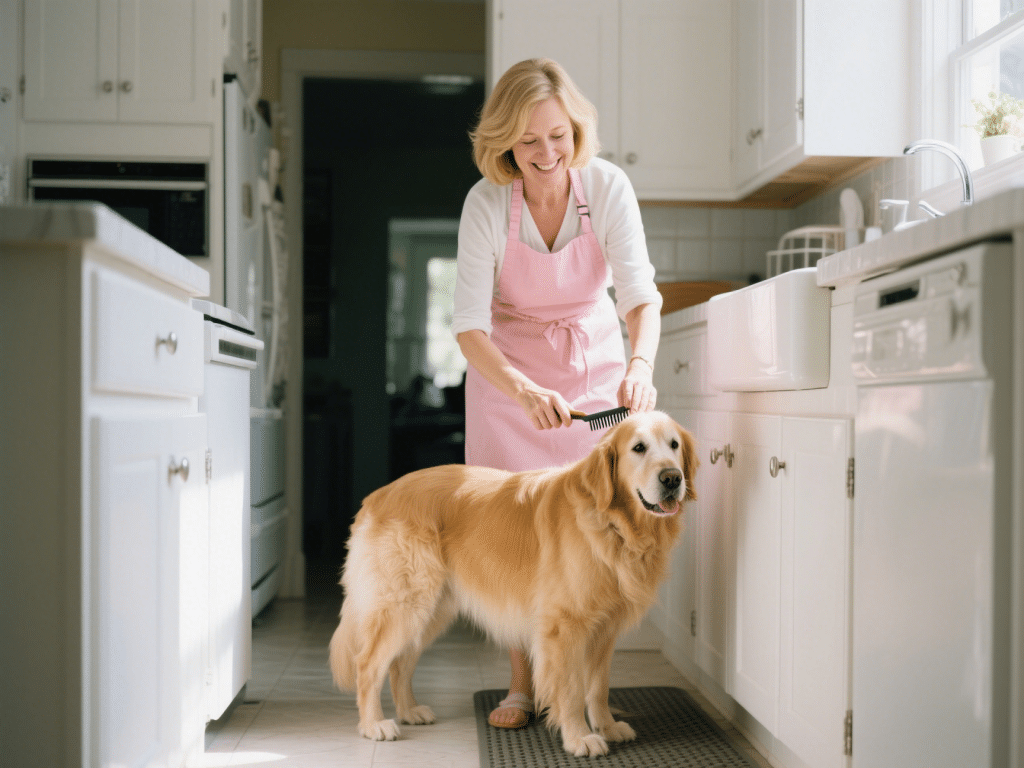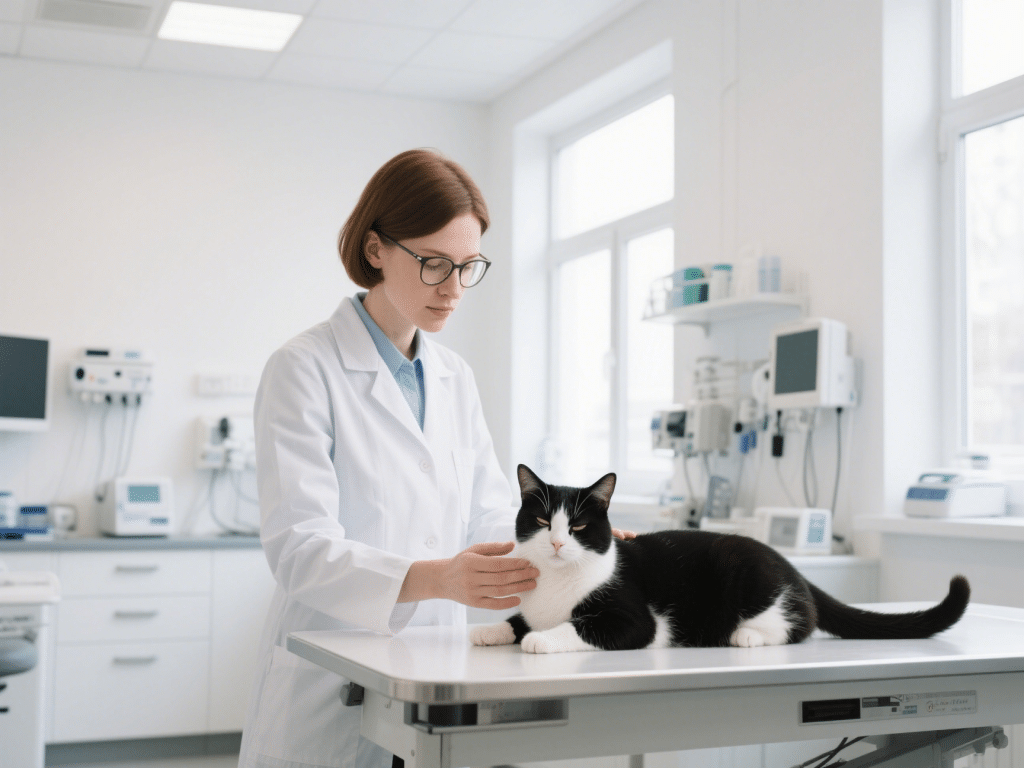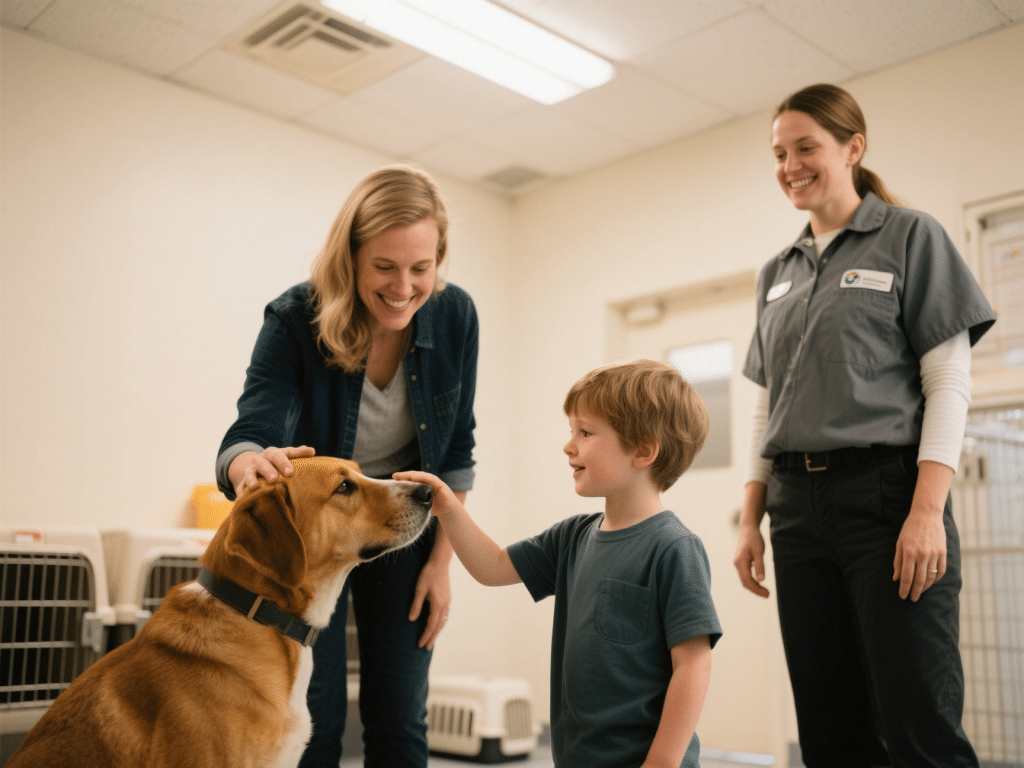Common Pet Diseases and How to Prevent Them
Protect Your Furry Family Members with Proactive Care
Pets bring immeasurable joy, but they’re susceptible to illnesses that can compromise their quality of life. Understanding prevalent diseases and implementing science-backed prevention strategies is fundamental to responsible pet ownership. Here’s an evidence-based overview:
1. Canine Parvovirus (Parvo)
The Threat: Highly contagious viral illness attacking dogs’ gastrointestinal systems, causing severe vomiting, hemorrhagic diarrhea, and dehydration. Mortality rates approach 90% in untreated cases.
Prevention Blueprint:
Core Vaccination: Administer DA2PP vaccines starting at 6-8 weeks, with boosters per veterinary protocol.
Environmental Caution: Avoid unvaccinated puppy areas (parks, kennels) until fully protected. Parvovirus persists in soil for years.
Discipline Protocol: Immediately isolate infected dogs; use accelerated hydrogen peroxide cleaners for decontamination.
2. Feline Panleukopenia (Feline Distemper)
The Threat: Often fatal viral disease causing vomiting, diarrhea, immunosuppression, and neurological damage in cats. Kittens face extreme vulnerability.
Prevention Blueprint:
Non-Negotiable Vaccination: FVRCP vaccine series essential for all cats, including indoor-only felines.
Quarantine Vigilance: New cats should undergo 2-week isolation before household introduction.
Fomite Control: Virus survives on surfaces; disinfect carriers, bowls, and hands after shelter/outdoor exposure.
3. Parasitic Infestations (Fleas/Ticks/Intestinal Worms)
The Threat: Fleas cause anemia and transmit tapeworms; ticks spread Lyme disease; roundworms/hookworms damage GI tracts and pose zoonotic risks.
Prevention Blueprint:
Year-Round Preventatives: Prescription topical/oral medications (e.g., isoxazolines for ticks, macrocyclic lactones for heartworm/fleas).
Environmental Hygiene: Wash bedding weekly in hot water (>54°C/130°F), vacuum carpets thrice weekly during peak seasons.
Fecal Testing: Bi-annual fecal exams detect asymptomatic worm infestations. Prompt deworming breaks transmission cycles.
4. Periodontal Disease
The Threat: >80% of dogs/cats >3 years have periodontal issues causing pain, tooth loss, and systemic organ damage via bacteremia.
Prevention Blueprint:
Daily Brushing: Use enzymatic pet toothpaste and soft-bristled brushes. Focus on outer tooth surfaces.
Professional Intervention: Schedule annual veterinary dental cleanings under anesthesia for plaque/tartar removal.
Dietary Support: Utilize VOHC-approved dental chews/textured foods that mechanically reduce plaque.
5. Obesity-Related Disorders (Diabetes, Arthritis)
The Threat: >50% of US pets are overweight, elevating risks for endocrine disease, orthopedic stress, and reduced lifespan.
Prevention Blueprint:
Calorie Accountability: Measure portions precisely; calculate daily energy requirements (RER) with your veterinarian.
Enrichment Feeding: Use puzzle feeders to extend mealtimes, promoting satiety with smaller portions.
Structured Exercise: Minimum 30 minutes daily aerobic activity (leashed walks, laser play for cats).
Proactive Prevention Framework: Your Pet’s Health Shield
Vaccination Compliance: Adhere strictly to AAHA/AAFP core vaccine schedules. Titers can supplement but don’t replace initial protocols.
Bi-Annual Vet Exams: Semiannual checkups detect subclinical issues early. Senior pets (>7 years) need blood pressure screening.
Parasite Surveillance: Year-round preventatives adjusted seasonally per geographic risk assessments.
Nutritional Optimization: Feed AAFCO-compliant diets appropriate for life stage; avoid grain-free unless medically indicated.
Stress Mitigation: Use Feliway diffusers for cats/thunder shirts for dogs during anxiety triggers. Chronic stress suppresses immunity.
“An ounce of prevention exceeds a pound of cure in veterinary medicine. Consistent preventive care extends healthy longevity by an average of 2.3 years in companion animals.” - Dr. Evan Lawson, DACVIM
Conclusion
Preventing common pet diseases requires informed vigilance—not anxiety. Partner with your veterinarian to implement tailored vaccination, parasite control, dental care, and nutrition strategies. Document all care in a pet health journal, noting vaccine dates, deworming schedules, and weight trends. This proactive stewardship ensures your companions thrive through every life stage, safeguarding both their well-being and your peace of mind.










Comments on "Common Pet Diseases and How to Prevent Them: A Proactive Owner’s Guide" :